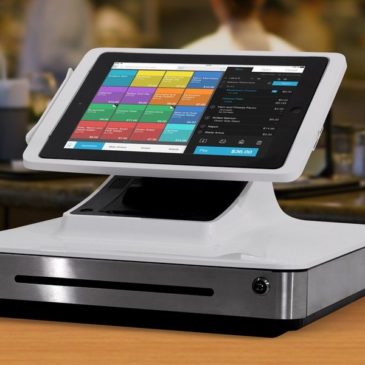The payment processing marketplace is constantly changing and adding new more secure methods for payment processing. As a business owner, you want to be as accommodating as possible to your customers allowing them to pay through whichever payment method is best for them.So what are some of the most common types of payment processing that you should be equipped to handle at your store? Keep mind mind there are also differences between online payment processing and accepting credit card payments in person. Overall, here are the main types that you want to make sure your business can process:
Cash
Good old fashioned hard cash. While this is becoming less and less common as a payment method, you still need to be able to accept this as a payment option. Afterall nothing beats straight cash and a customer would get pretty irate if you refuse to take straight cash. While this isn’t very realistic for online businesses, any transaction that takes places face to face has the possibility of becoming a cash transaction. This means having old fashioned cash registers or other types of security systems in place to protect the cash one it’s received and also having enough cash on hand to make correct change if needed.
Standard Terminals
A standard credit card terminal (which often comes with a cash register) is the most common way of accepting credit card transactions. The majority of modern terminals are able to handle swiping EMV credit cards and all NFC credit cards as well. This helps to increase the security of the transaction. These types of terminals can accept both credit and debit cards (with the use of a pin), allowing you to accept almost any type of payment method at your store.
Point of Sale Payments
Point of sale payment systems (or POS) are the next most common way of accepting credit cards for most businesses. POS systems have all of the credit card processing capabilities as the standard terminal register, but it’s an option that can also be mobile. Most point of sale systems are handheld so you can bring them directly to the customer. This can be great for restaurants where you want to check out the customer right at the table, or even for retail stores in order to avoid long lines waiting for the register. Point of sale payments and mobile point of sale payments are quickly becoming some of the most popular way to process payment transactions. The only negative is that they don’t have an efficient way to process cash, which means if you decide to use this method, you will likely still also need a good old fashioned register.
Mobile Point of Sale Systems
Like standard POS payment systems, mobile point of sale systems (mPOS) are able to process payments almost anywhere. The majority of these are basically just magnetic strip swipers or EMV chip readers that you can plug into a cell phone, thus turning it into a credit card processing machine. The swiper uses the cell data and network connection from the cell phone to connect with the payment gateway in order to process the transaction. This is one of the most cost-effective options which makes it really great for start-ups or for businesses that conduct the majority of their business online, but need an easy in-person backup option. While these card swipers are pretty cheap for the merchants, they also look that way to customers too. mPOS readers send a message that the company is not fully established or can’t afford a full more official register and payment system. Depending on the branding for your company, this perception could either be a positive or negative in driving more sales.

